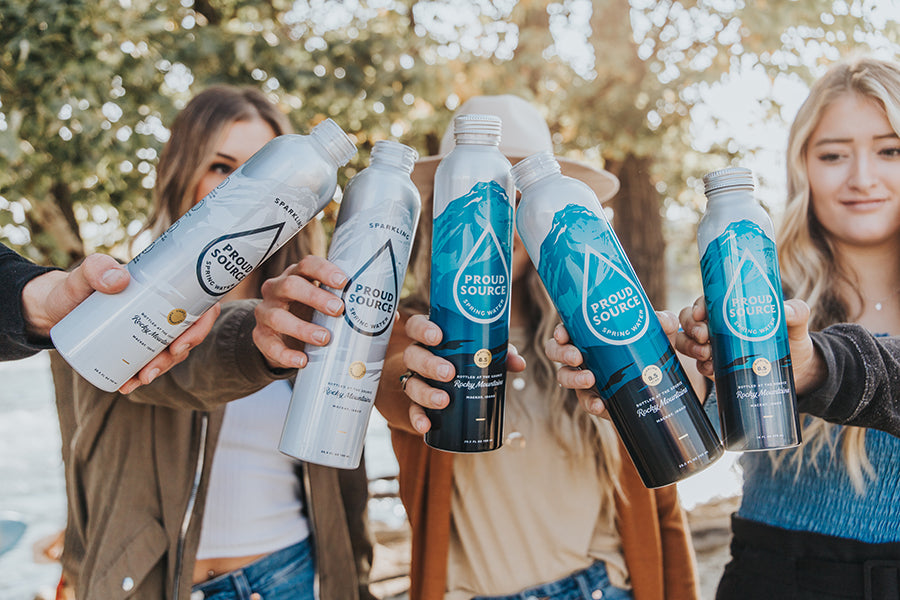Your cart is empty

Since 1907, fully synthetic plastic has altered the way we live and consume products. What began as a revolutionary solution to the preservation of scarce resources, synthetic plastic has since turned into a global problem that could alter our environment’s fate if we fail to take action.

(Photo Credit: Artists Project Earth)
Each year, over 320 million metric tons of plastics are produced. According to the EPA, every bit of plastic ever made still exists, and this will remain true for some time, as it takes approximately 400 years for plastic to decompose.
Many people and companies dispute these facts by claiming in order to keep plastic out of landfills and oceans, we should simply recycle it.
The truth is less than 10% of plastic waste is recycled. More importantly, most plastic is not recyclable. Recycling centers are often forced to either add virgin plastic to the recycling process or simply throw plastic away because of the high costs of recycling. When plastic products are disposed of after one use, they become what we call single-use plastic.
So where does the plastic go after it’s thrown away?
While most of the waste is transported to landfills, over 8 million tons of plastic makes its way into oceans every year via wind, rain, or rivers. In fact, the Earth’s largest landfill isn’t on land at all—it’s in the Pacific Ocean.
The Great Pacific Garbage Patch, or GPGP, was discovered in 1997 by Charles Moore, exactly 90 years after synthetic plastic was first invented. Divided into western and eastern sections, the surface area of the garbage patch is estimated to be 1.6 million square kilometers or about two times the size of Texas. However, surface pollution only accounts for 1% of the 8 million tons of plastic entering the ocean. The other 99% finds its way to the seafloor, coastlines, and inside marine life.

The Great Pacific Garbage Patch is two times the size of Texas.
(Photo Credit: Forbes Magazine)
Synthetic materials are responsible for affecting all grades of ocean life. From plankton and fish to coastal birds and saltwater reptiles, nothing is safe from the threat of plastic. Due to plastic’s size and color, animals confuse the plastic for food, which leads to malnutrition, intestinal blockage, and organ damage.
Not only does plastic drastically affect marine life, but it also trickles down the food chain into our own diets. A recent study by UC Davis found that a quarter of fish at California markets contain plastic in their intestines, mostly in the form of microfibers.
While this bleak reality may not paint a pretty picture for the present, it’s important to remember that we have the future in our hands. By making small, conscientious decisions to limit the amount of plastic we use and consume environmentally conscious products, we have the power to start a ripple effect that can change the course of our planet.
 Plastic pollution in the ocean affects the local wildlife in drastic ways.
Plastic pollution in the ocean affects the local wildlife in drastic ways.
(Photo Credit: National Geographic)
Proud Source Water not only bottles our spring water in infinitely recyclable aluminum, but we are also committed to donating a portion of our profits to organizations such as 1% for the Planet and Surfrider Foundation, which contribute to ocean cleanups and beach preservation. We believe that the ocean needs us now more than ever.
In the words of Jacques Cousteau, “The sea, the great unifier, is man's only hope. Now, as never before, the old phrase has a literal meaning: we are all in the same boat.”